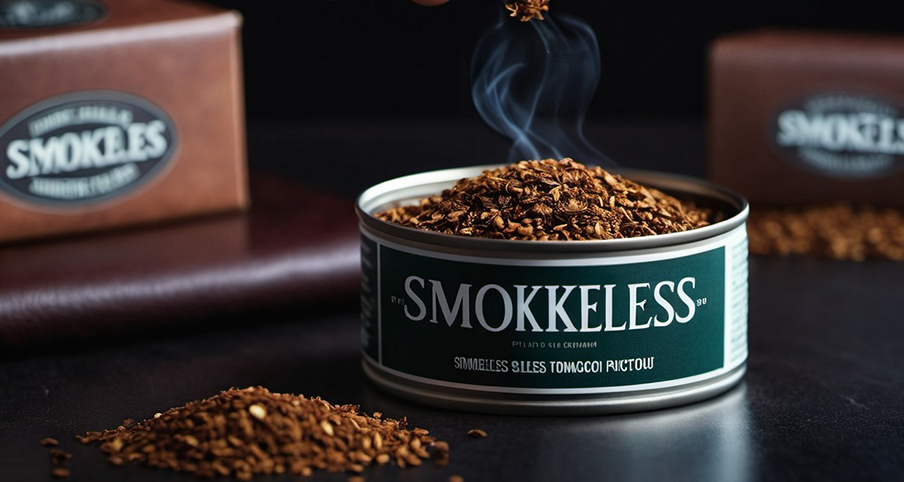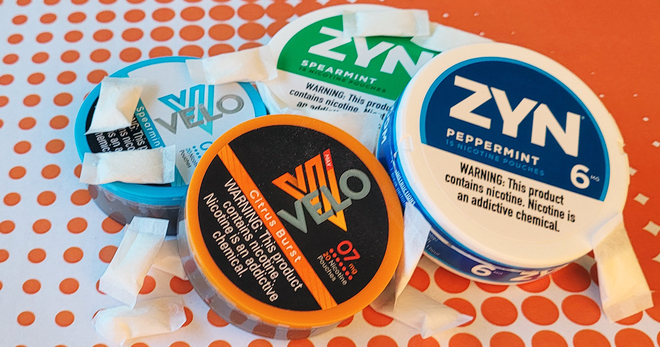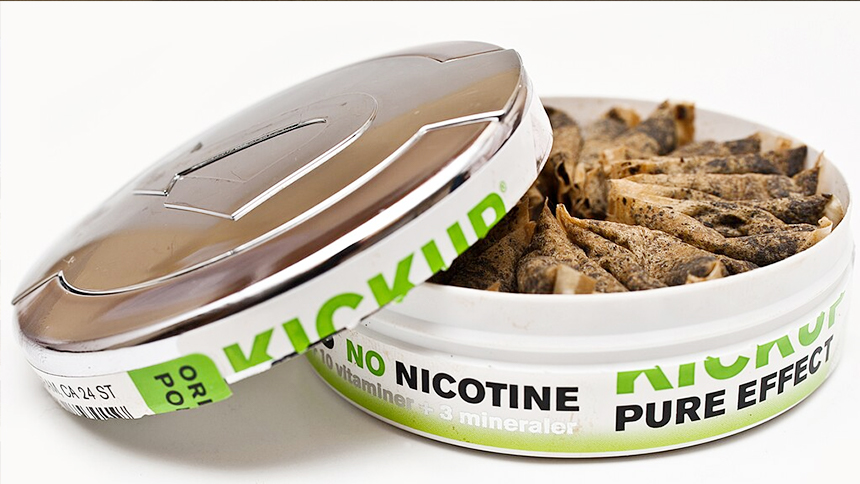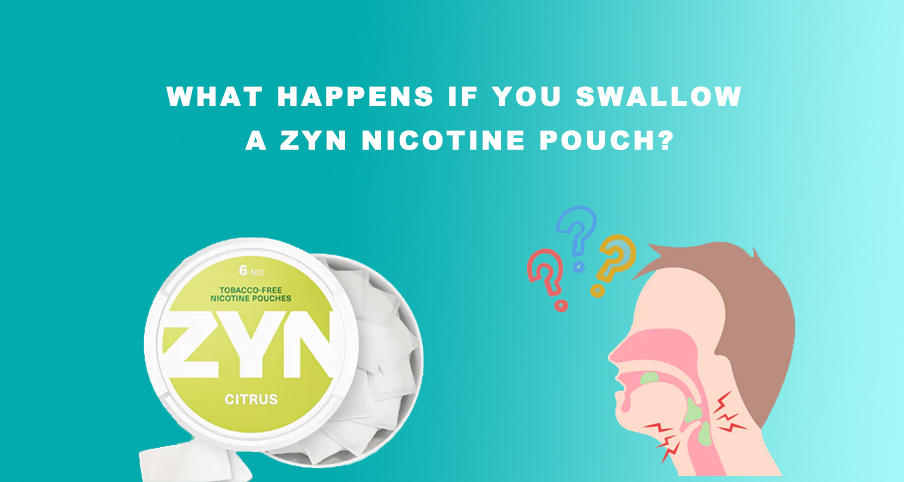Smokeless tobacco is often overshadowed by its more infamous counterpart, smoking. However, smokeless tobacco has a rich history and a significant presence in many cultures around the world.

What is Smokeless Tobacco?
Smokeless tobacco refers to a range of products that are consumed without burning. Unlike cigarettes or cigars, smokeless tobacco does not involve inhaling smoke. Instead, it is used orally or nasally, allowing users to absorb nicotine through the mucous membranes.
Forms of Smokeless Tobacco
- Chewing Tobacco:
- Loose Leaf: Shredded tobacco leaves that are chewed.
- Plug: Tobacco leaves pressed into a brick.
- Twist: Twisted ropes of tobacco leaves.
- Snuff:
- Moist Snuff (Dip): Finely ground tobacco that is placed between the lip and gum.
- Dry Snuff: Powdered tobacco that is inhaled through the nose.
- Snus:
- Description: A moist powder tobacco product that originates from Sweden. It is placed under the upper lip and does not require spitting.
- Nicotine Pouches:
- Description: Tobacco-free pouches containing nicotine and flavorings. They are placed between the gum and lip, offering a smokeless and discreet alternative.
- Dissolvables:
- Description: Products such as nicotine lozenges, strips, and orbs that dissolve in the mouth, releasing nicotine.
Historical Development
Smokeless tobacco has deep historical roots, with its use dating back to indigenous cultures in the Americas. When Europeans arrived in the New World, they adopted the use of tobacco, leading to its spread and diversification. Over the centuries, different forms of smokeless tobacco evolved to meet cultural preferences and technological advancements.
Pros of Smokeless Tobacco
- Reduced Health Risks Compared to Smoking:
- No Combustion: Eliminates the harmful byproducts of burning tobacco, such as tar and carbon monoxide.
- Lower Risk of Respiratory Diseases: Users avoid the lung damage associated with inhaling smoke.
- Discreet and Convenient Use:
- Social Acceptance: Can be used in places where smoking is prohibited, such as offices, airplanes, and restaurants.
- Odorless Options: Many smokeless products are odorless, reducing the impact on others.
- Potential Smoking Cessation Aid:
- Nicotine Replacement: Can serve as a step-down approach for smokers looking to quit by providing a controlled dose of nicotine without smoking.
- Variety and Flavor Options:
- Diverse Choices: Available in various forms and flavors, catering to different preferences and enhancing the user experience.
Cons of Smokeless Tobacco
- Health Risks:
- Oral Health Issues: Can cause gum disease, tooth decay, and mouth sores.
- Cancer Risk: Increases the risk of cancers of the mouth, throat, esophagus, and pancreas.
- Addiction: Nicotine is highly addictive, regardless of the method of consumption.
- Nicotine Exposure:
- Overdose Risk: High levels of nicotine in some smokeless products can lead to nicotine poisoning, especially in new users.
- Social and Aesthetic Concerns:
- Staining: Chewing tobacco can stain teeth and dental work.
- Spitting: Some forms require spitting, which can be socially unacceptable or inconvenient.
Popular Smokeless Tobacco Products
- Description: Tobacco-free nicotine pouches available in various flavors and strengths.
- Pros: Discreet, odorless, and no need to spit.
- Cons: Potential for mild stomach discomfort if too much saliva is swallowed.
- General Snus:
- Description: A Swedish moist snuff product placed under the upper lip.
- Pros: No need to spit, lower risk of oral cancer compared to other smokeless products.
- Cons: Nicotine addiction and potential oral health issues.
- Skoal Chewing Tobacco:
- Description: Moist snuff available in various flavors.
- Pros: Immediate nicotine release and strong flavor.
- Cons: Requires spitting, higher risk of oral health problems.
- Nicorette Lozenges:
- Description: Dissolvable lozenges that release nicotine.
- Pros: Convenient and discreet, helpful for smoking cessation.
- Cons: Can cause mouth and throat irritation.
Conclusion
Smokeless tobacco offers a diverse range of products that provide an alternative to smoking. While it eliminates many of the risks associated with inhaling smoke, it is not without its health concerns. Understanding the pros and cons of smokeless tobacco is crucial for making informed decisions about its use. For those seeking to quit smoking, smokeless tobacco products can be a valuable tool when used responsibly. As with any nicotine product, moderation and awareness of the potential risks are key to safe and effective use.


